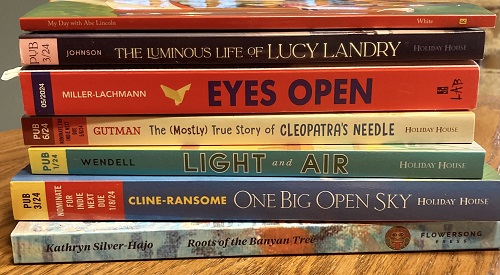The Eagle and the Raven
Had the tale been passed down from earliest times, The Eagle and the Raven could well be Britain’s epic poem. But instead it is a fine story created by Pauline Gedge, first published in 1978 and now reprinted by Chicago Review Press. The rambling novel carries us back to the 1st century when Britain – then called Albion – rebelled against Roman colonization. The epic’s heroes are the tribal chieftains Caradoc and Venutius, and the swordswoman of lore, Boudicca.
The author creates a magical setting of dark, fearsome forests, sweeping plains and of misty villages hidden in wild mountain valleys. It is a time of superstition and fear of the unknown. But the story’s characters – and there are many – are not at all magical. Albion’s people and their Roman conquerors are fully three-dimensional personae, eliciting sympathy, admiration, scorn, or loathing – just like real people.
What takes away from the enjoyment of the story are the implausible twists in Caradoc’s and Venutius’s military efforts. As the author would have it, they both came to within a hairsbreadth of victory over Roman forces only to lose it all through what can only be described as uncharacteristically and unbelievably stupid behavior. The author then portrays Boudicca as a ravaged warrior widow who starts – but never truly leads – what amounts to no more than a disorganized slave rebellion. Albion’s heroes turn out to be too tragically flawed to deserve the title at all. In this the tale is disappointing. That being said, I would still recommend The Eagle and the Raven. It is a sweeping saga full of lovely, evocative passages of a time long ago that, in the way of myths, has much to say to a modern audience.










